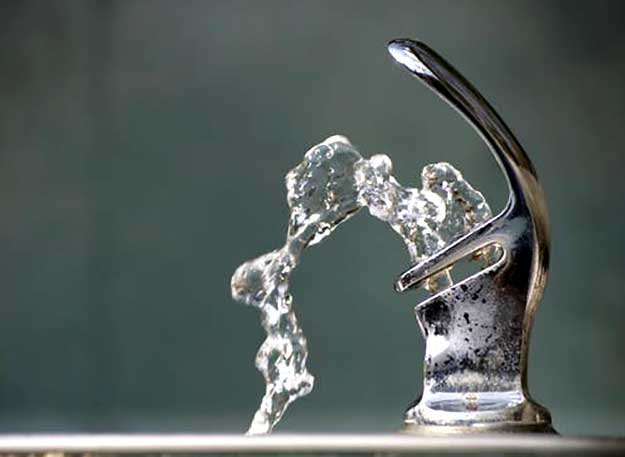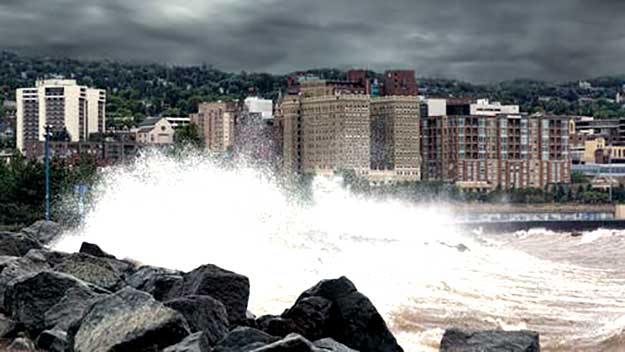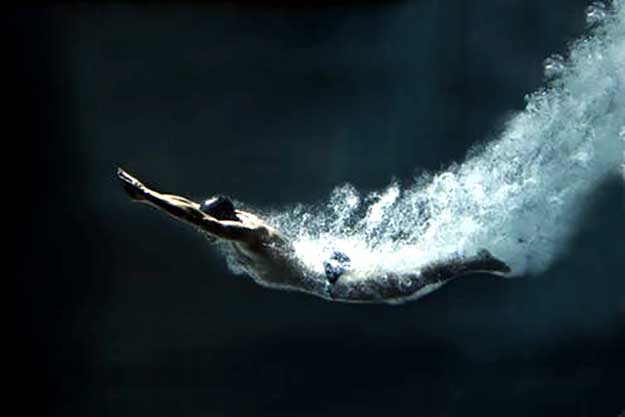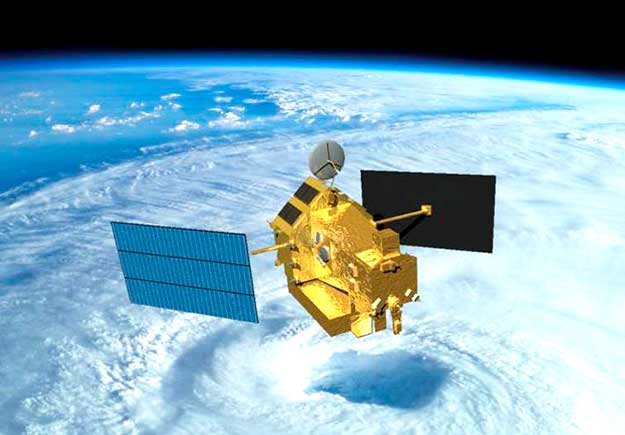What is the best solution to the problem of water security in Australia? Finding an answer to this question is no easy matter. There is still much we don’t know about the nature and impact of climate change on freshwater resources in Australia, and public opinion is divided about how best to tackle a problem that is not yet well understood. Ensuring ongoing water security is not simply a technical and environmental matter, but an inherently social one as well.
CSIRO’s State of the Climate Report 2012 suggests more frequent droughts in much of southern Australia. At the same time, wet periods may become more intense in some years. One thing is clear: climate patterns in Australia are changing and water resources planning must adapt accordingly.
All possible initiatives to ensure water sustainability have social ramifications and costs that need to be considered. This is true regardless of whether the option is water restrictions, rainwater tanks, dam expansion, water recycling, or desalination. Read more






